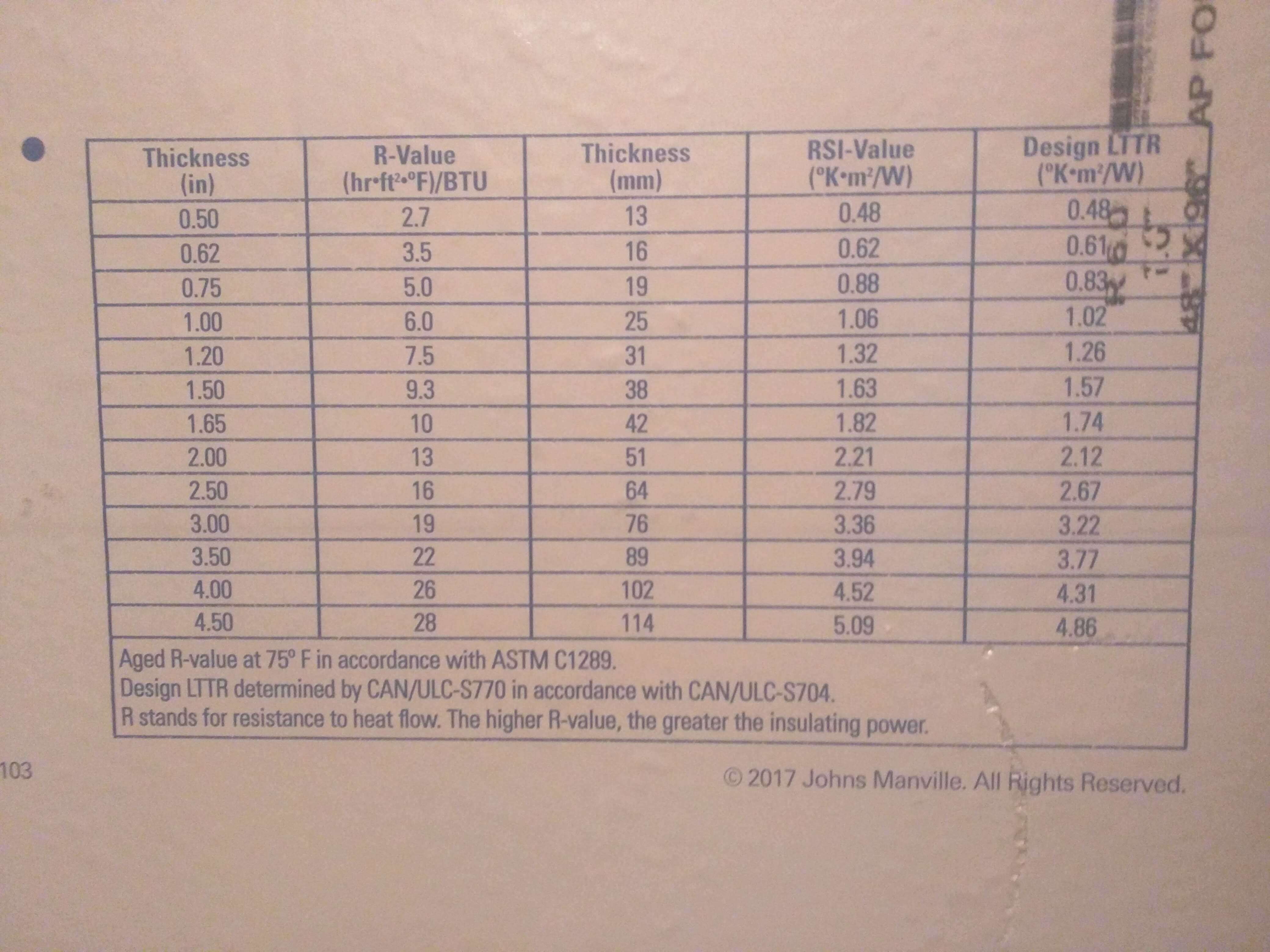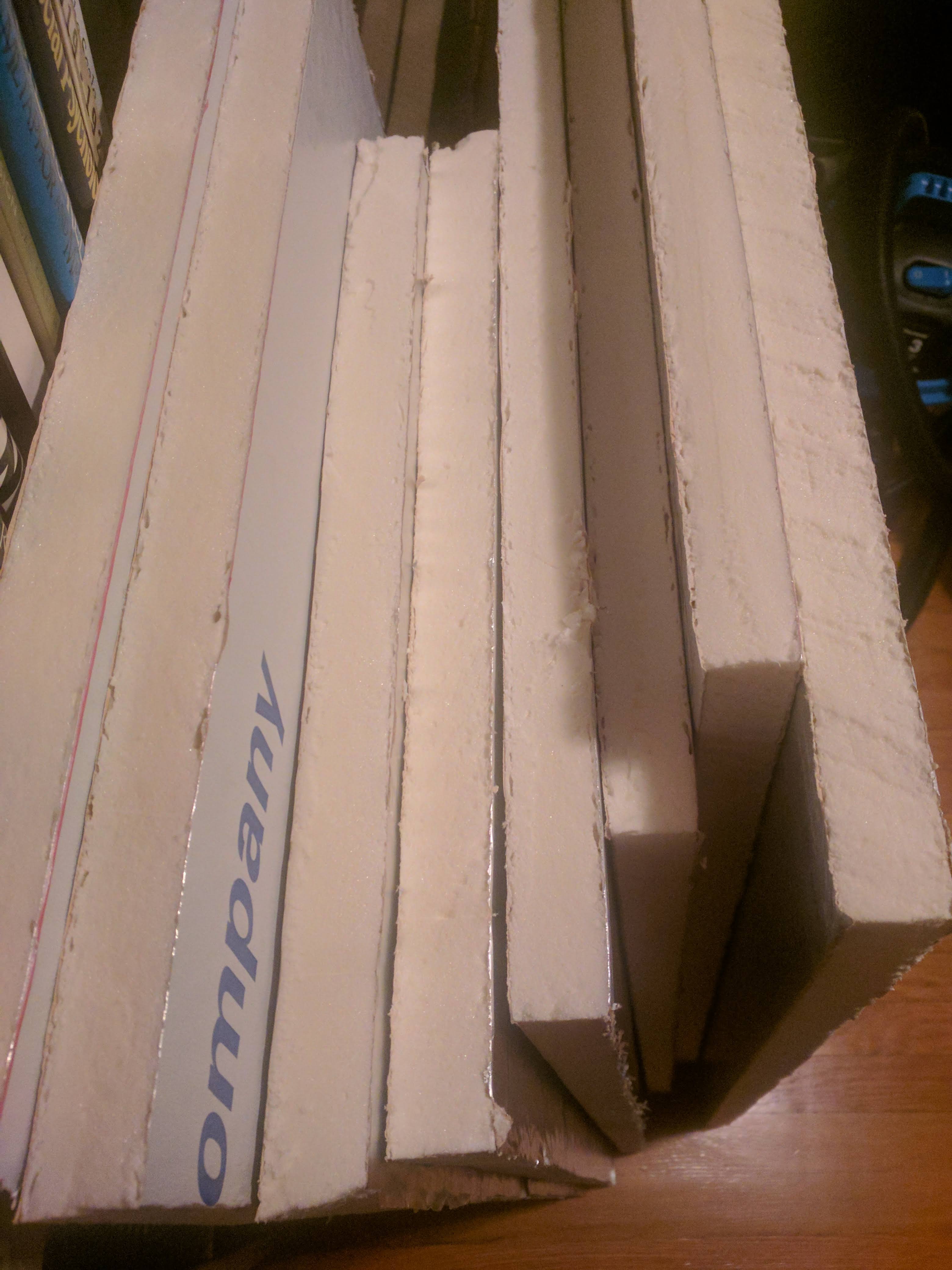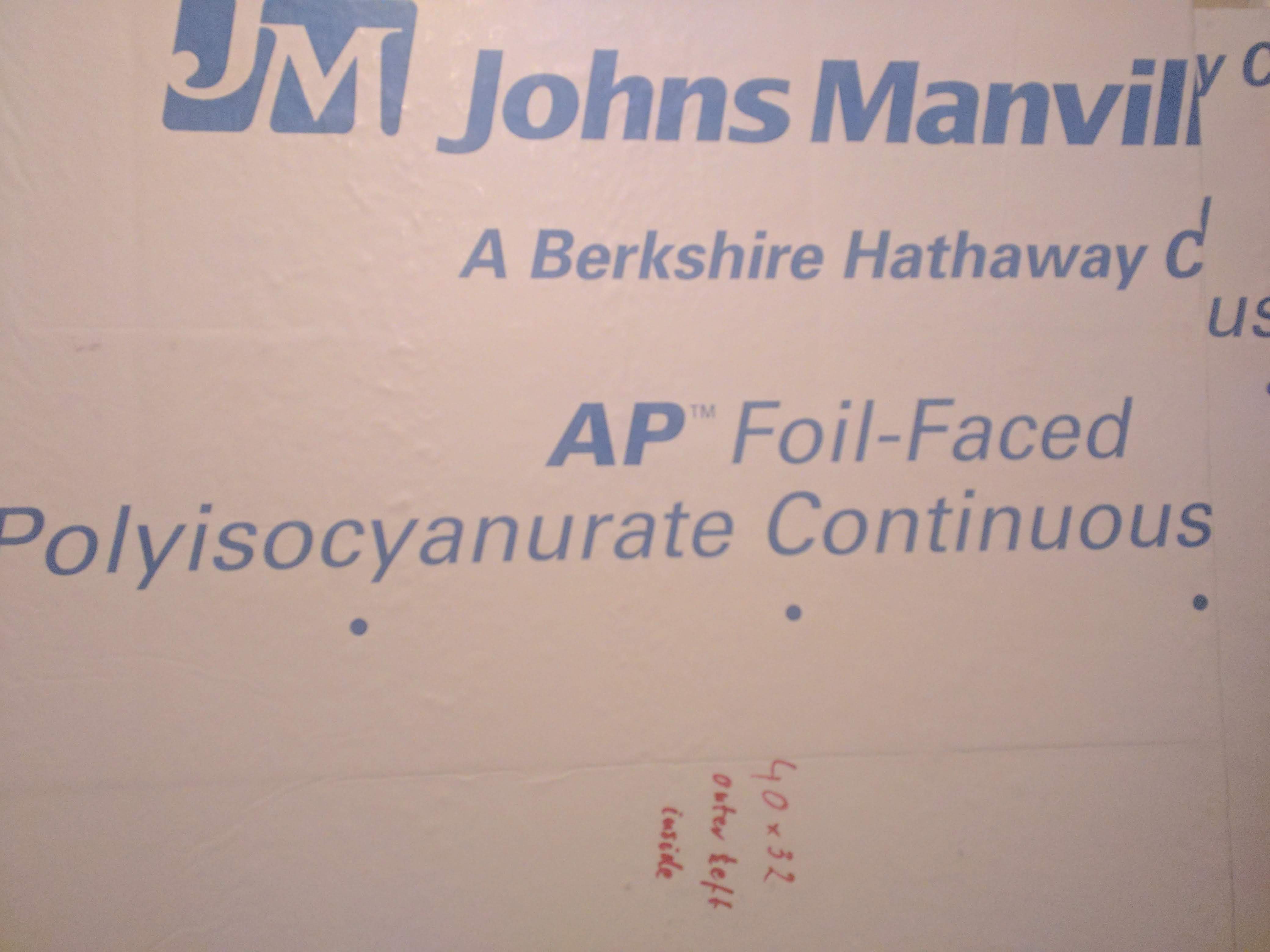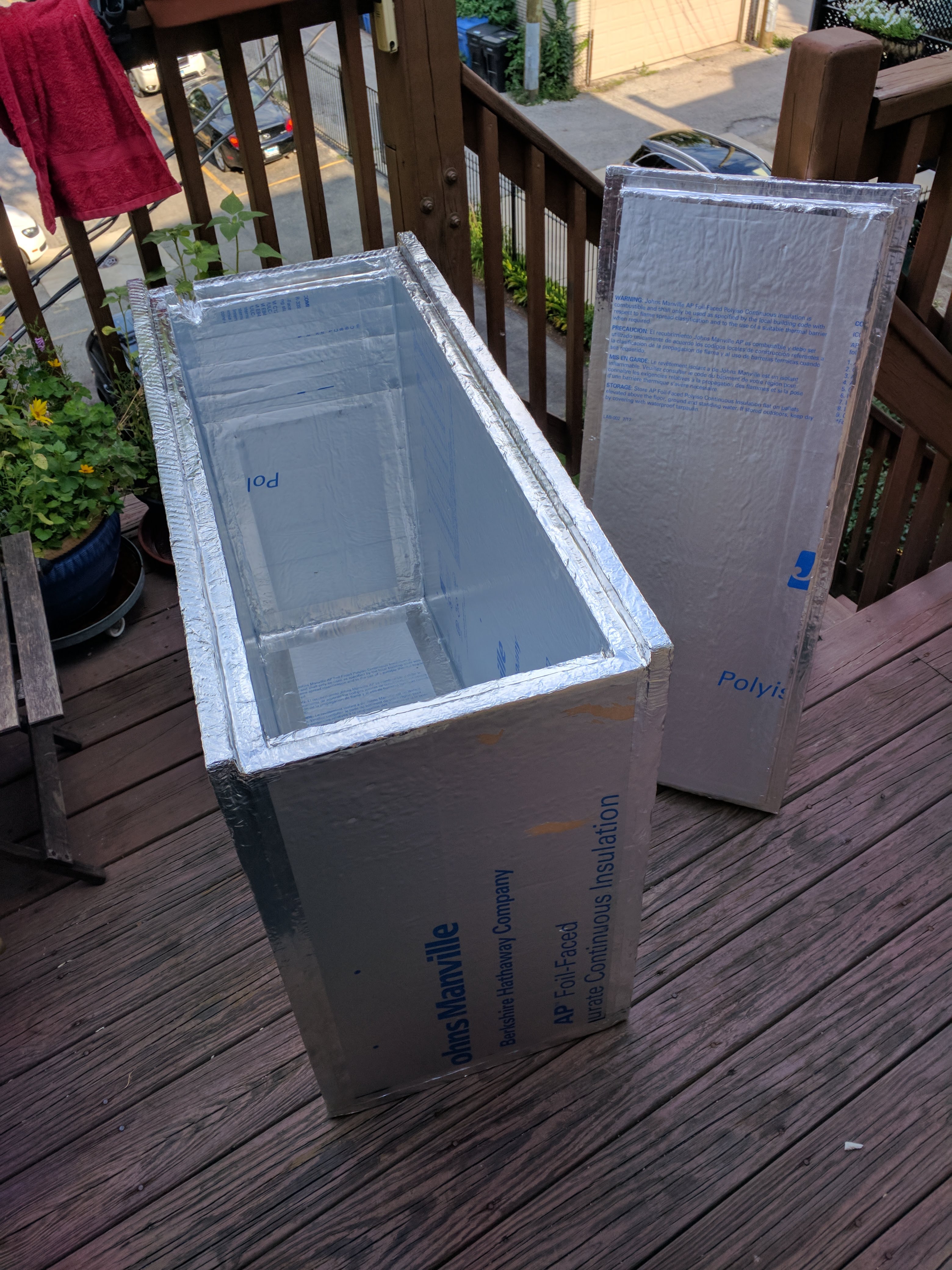I think this is a downside of buying cheap TECs from Amazon. You are right that thermal cycling is not good for them, but lately they have been running full out, not quite reaching the set point temperature, so it's not the cycling that kills them. I think they are just crap TECs, not quite meeting their specs, and having a short lifetime. They are under a bit of compression preload.
As I had mentioned earlier, colleagues at work just kept replacing the TECs when they died.
(For the latest iteration of a similar system (module testing for a silicon tracking detector) the engineer in charge moved away from peltiers altogether, and just went for a more powerful glycol unit.)
Unfortunately my TECs are glued to the water cooling bodies. For now I will try to simply bypass dead ones, but eventually I should either get a small compressor (mechanical refrigerator) unit, or switch to a setup where the peltiers are clamped and replaceable.
Actually, eventually the plan is to move into a bigger place with a garage and a basement...; still, it would be nice to build a robust apartment/condo system.
As I had mentioned earlier, colleagues at work just kept replacing the TECs when they died.
(For the latest iteration of a similar system (module testing for a silicon tracking detector) the engineer in charge moved away from peltiers altogether, and just went for a more powerful glycol unit.)
Unfortunately my TECs are glued to the water cooling bodies. For now I will try to simply bypass dead ones, but eventually I should either get a small compressor (mechanical refrigerator) unit, or switch to a setup where the peltiers are clamped and replaceable.
Actually, eventually the plan is to move into a bigger place with a garage and a basement...; still, it would be nice to build a robust apartment/condo system.
Last edited:

























































![Craft A Brew - Safale BE-256 Yeast - Fermentis - Belgian Ale Dry Yeast - For Belgian & Strong Ales - Ingredients for Home Brewing - Beer Making Supplies - [3 Pack]](https://m.media-amazon.com/images/I/51bcKEwQmWL._SL500_.jpg)






